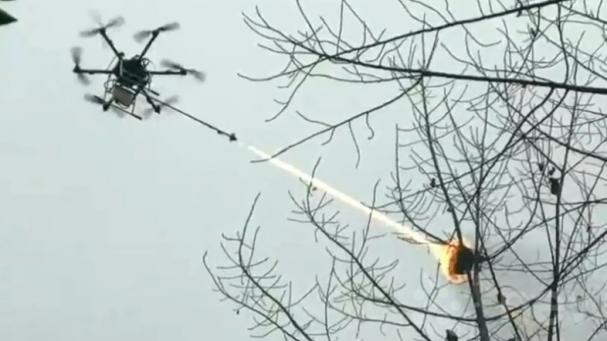
Les abelles respiren a partir de petits orificis, els espiracles, localitzats en ambdós costats de cada anella o segment corporal. De fet, aquestes anelles, són un record morfològic de la seva etapa larval i dels seus ancestres vermiformes. Cada espiracle es comunica amb un conjunt...















